


A joint research team in Al-Karkh University of Science and Ministry of Health and Environment conducted a study on the possible relation between air pollution in Baghdad and severity of infections with COVID-19, their distribution and the rates of recovery and death. The joint study reviewed seven fixed stations to monitor air quality were distributed between the two sides of Al-Karkh and Al-Rusafa and the areas in Al-Rusafa (Al-Waziriya, South of Baghdad, Al-Andalus Square and Al-Jadriya) and the areas in Al-Karkh (Al-Kadhimiya, Al-Yarmouk and Al-Saidiya). The joint study also reviewed that Al-Rusafa was positively related to the number of injuries, as well as the low rate of recovery, accompanied by a high mortality rate compared to the side of Al-Karkh which has low rates. The joint study demonstrated that Al- Zafaraniya area in Al-Rusafa side as one of the most affected areas at the level of the areas of Baghdad city due to the high air pollution in it and the random burning of waste in Al-Rashid camp, as well as smoke from the thermal power station-Dora and Dora refinery, as well as the factories that using harmful chemicals without fully treating for their waste. The joint study concluded that air pollution may represent a stress component that increases susceptibility to infection in populations exposed to high levels of the permissible limits of air pollutants and for a long period of time chronic exposure which effects on weakening immunity.
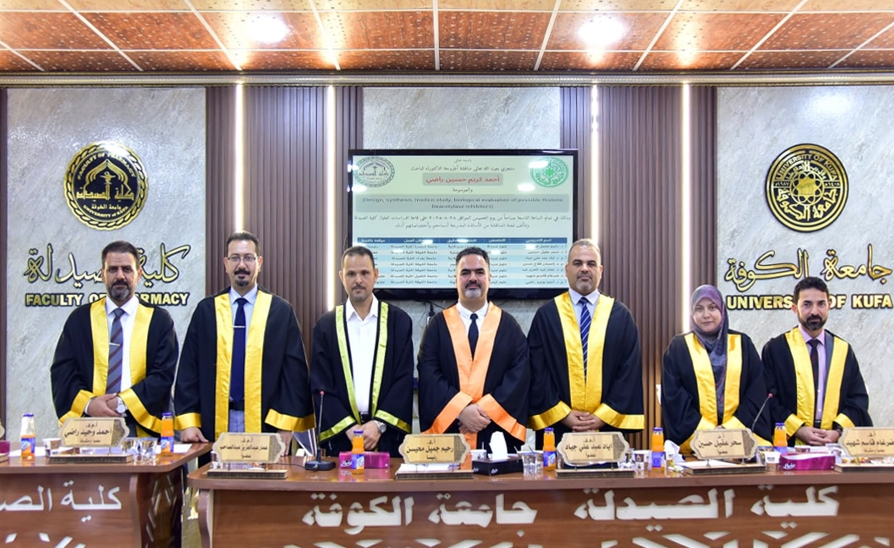
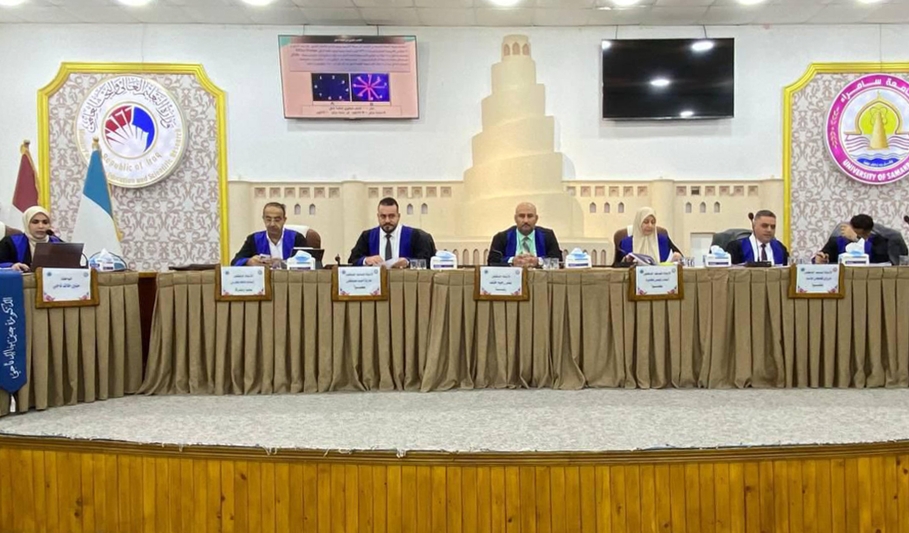
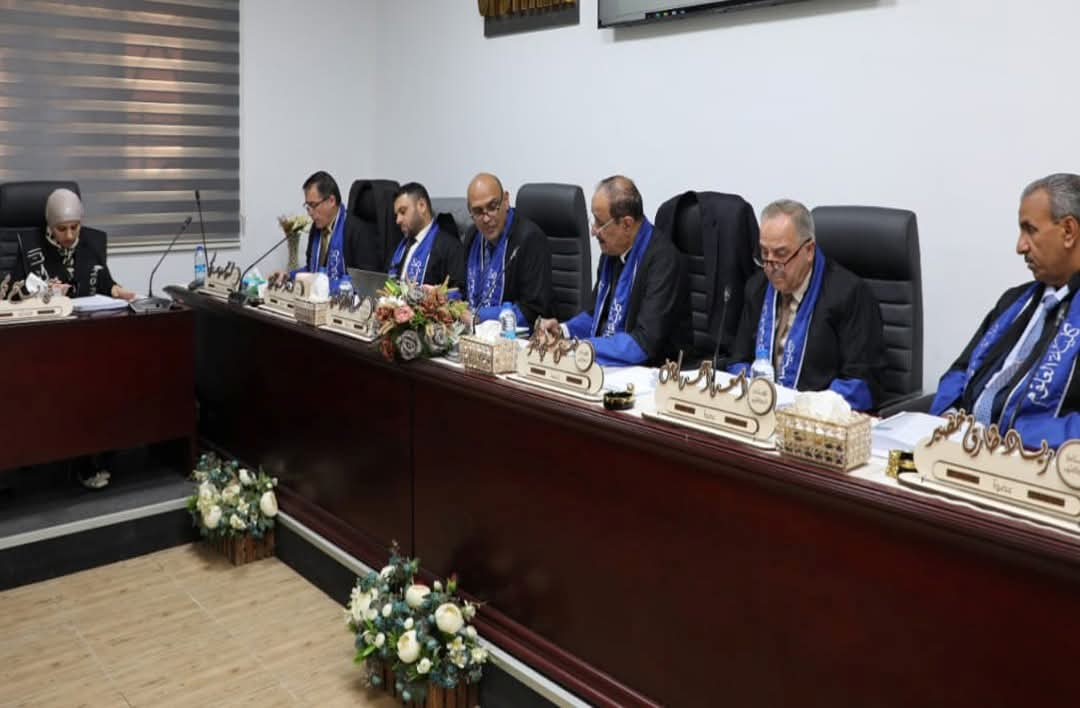
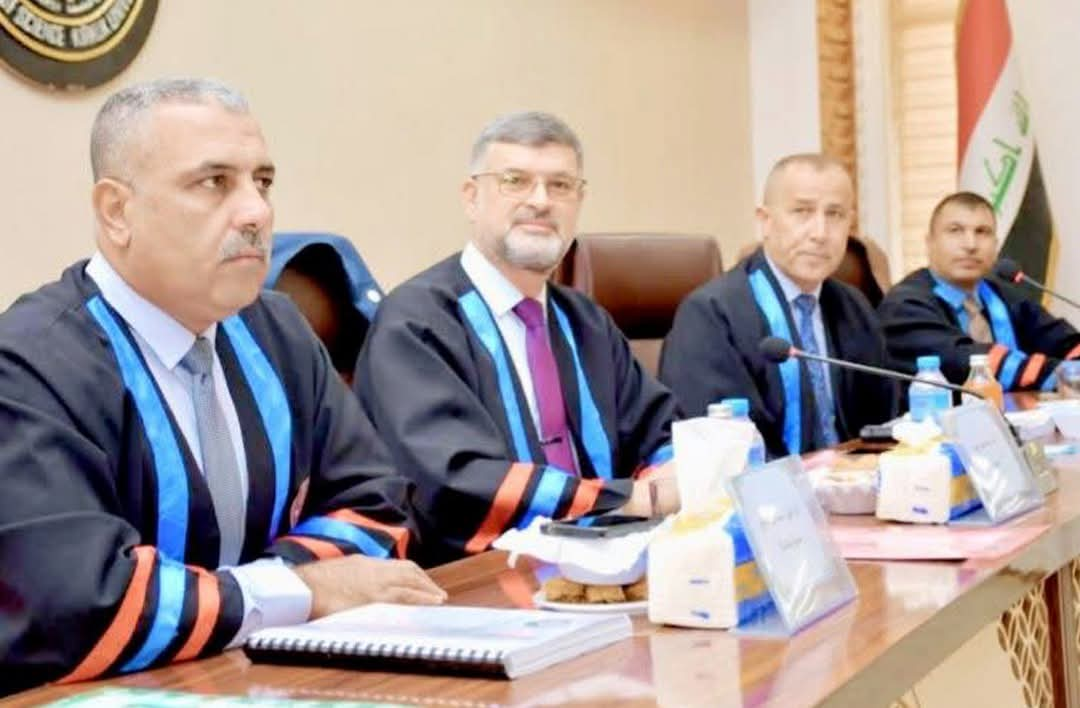


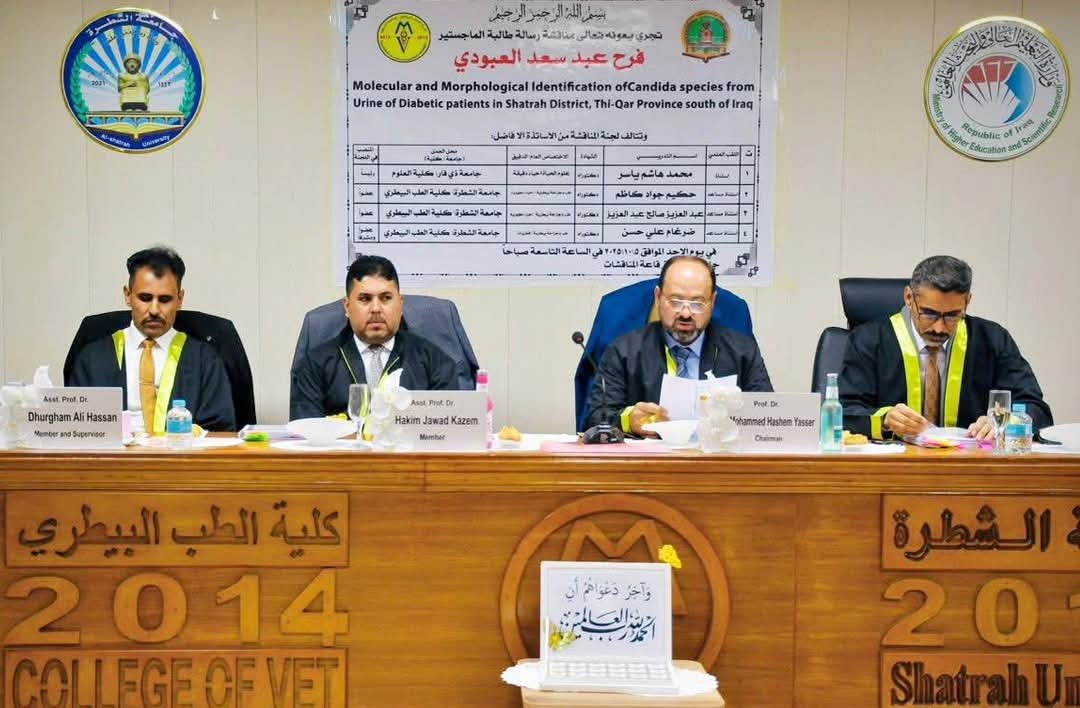
Contact us for any inquiries about the services provided by the Ministry of Higher Education and Scientific Research